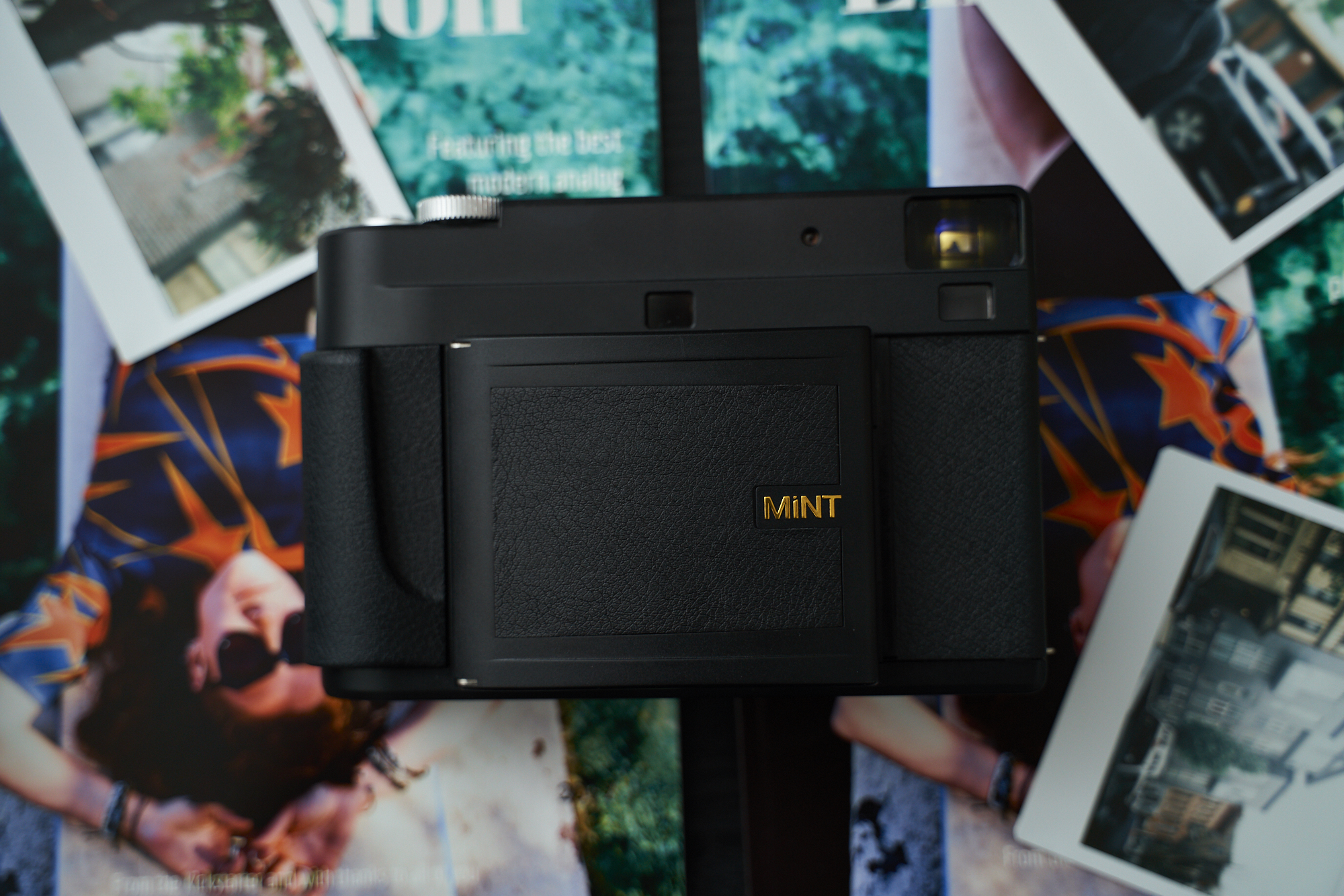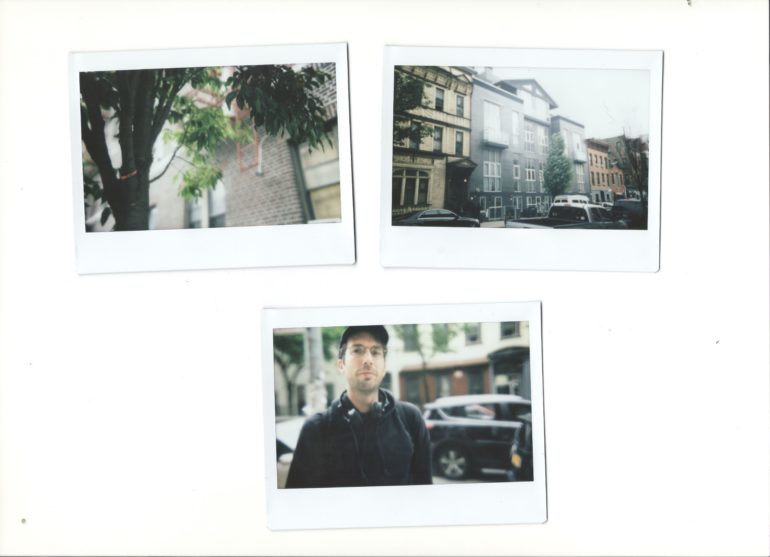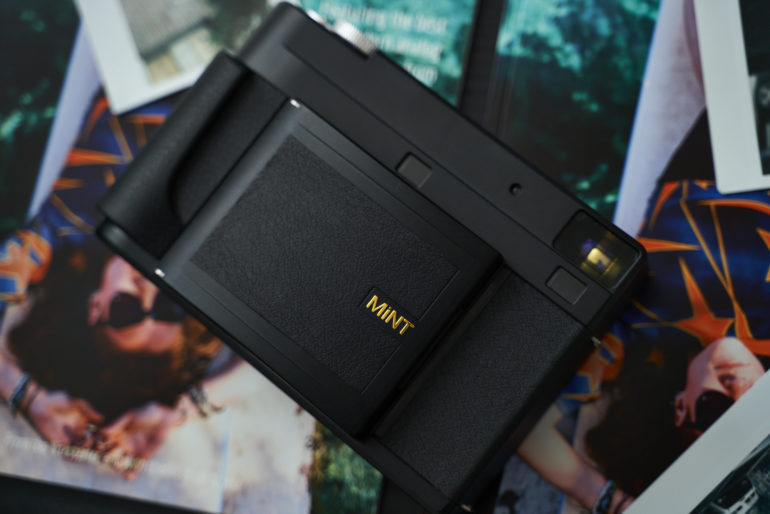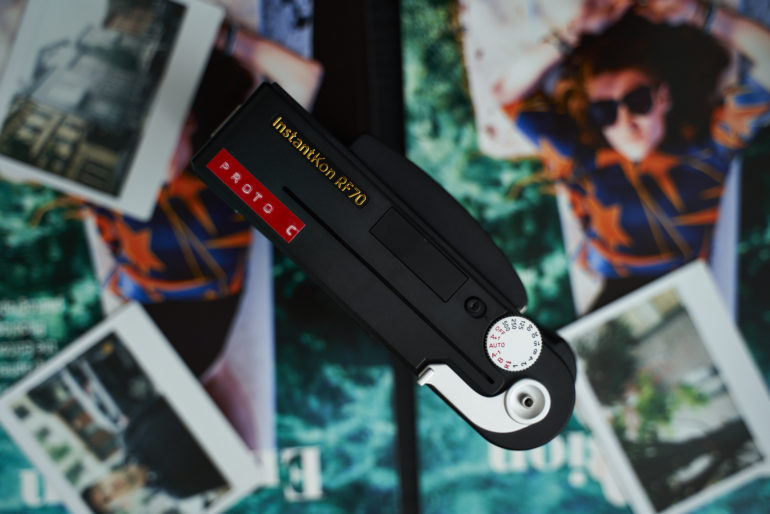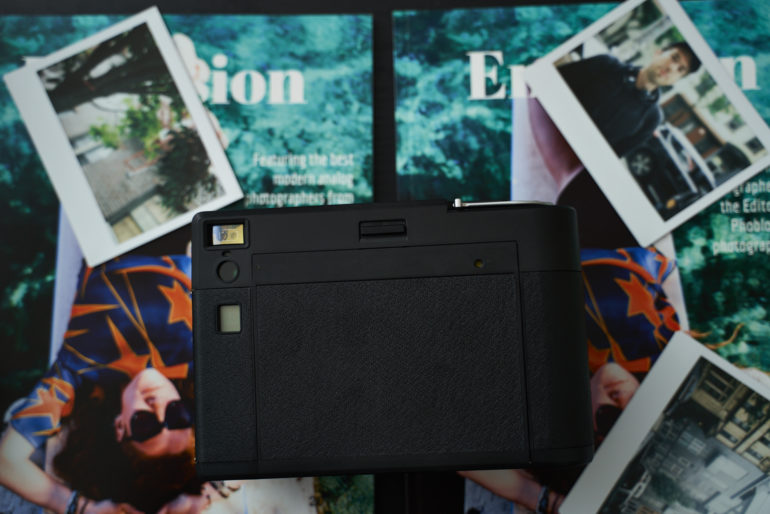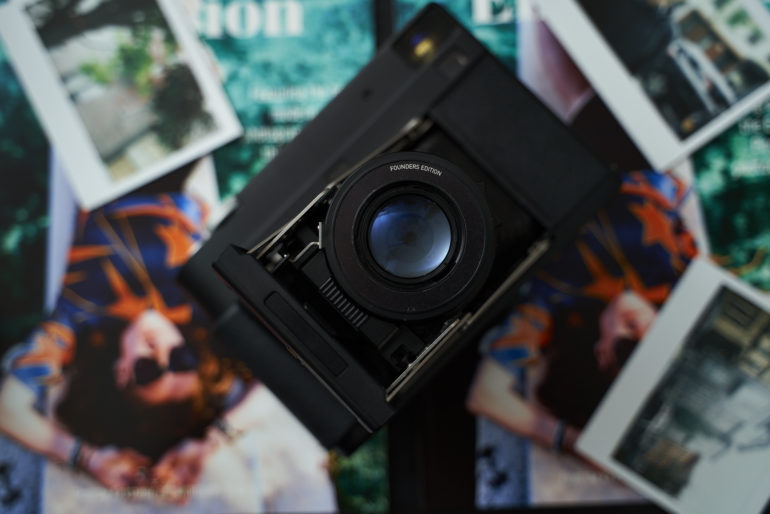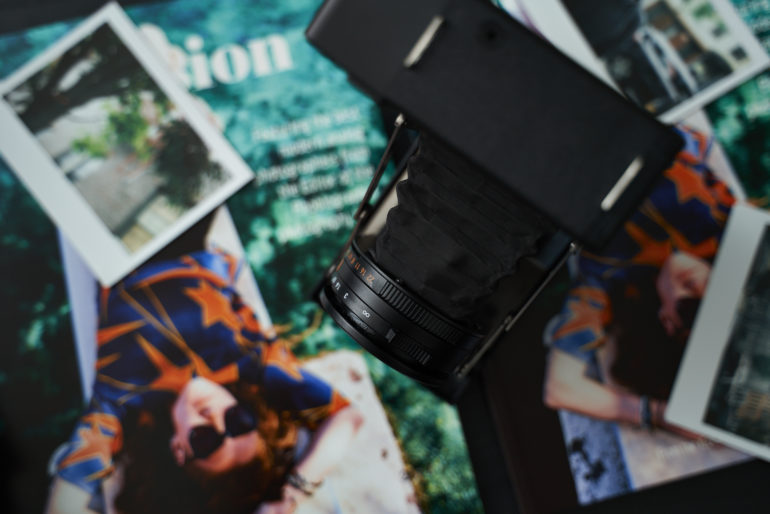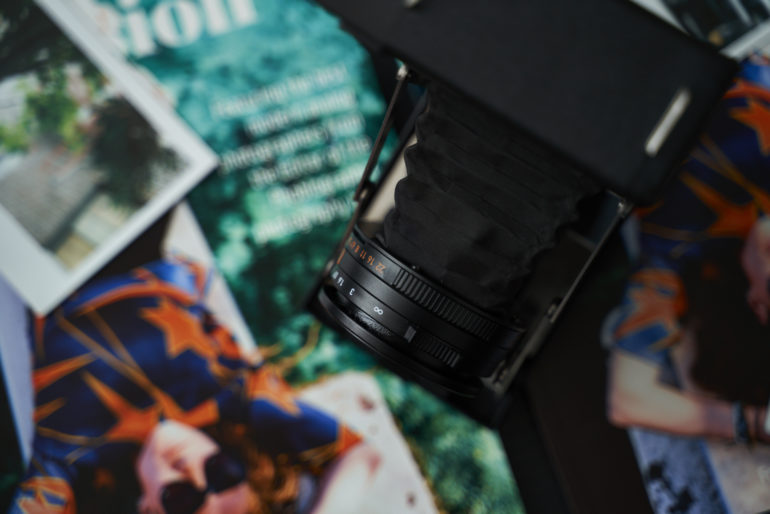Last Updated on 05/29/2018 by Mark Beckenbach
Could the MiNT InstantKon RF70 be the most important camera in the history of Instax?
The previously stated sentence is one I’ve had in my mind for quite some time now: I genuinely have been mulling over the new MiNT InstantKon RF70. This is the first camera to give the photographer full control over shutter speed and aperture in addition to providing the photographer with a working meter while using Instax Wide film. It still baffles me why it took this long for the RF70 to happen. I’m sure that others are going to try to copy this; but the MiNT InstantKon RF70 is the single camera I’ve been wanting for years and am incredibly excited about it. When MiNT sent it over to me for reviewing, I was overjoyed.
Before I go on, I should note that I’m testing a prototype. MiNT tells me that the lens coatings aren’t final but that everything else pretty much is.
Tech Specs
Official tech specs for the MiNT InstantKon RF70 aren’t out yet, unfortunately, as it’s just that early in the game.
Ergonomics
The MiNT InstantKon RF70 looks like this when it’s collapsed down. There is a little bit of a grip for your hand there, but I’d argue that you don’t need it. To get all this started, you’ll need to press a button to the side of the front cover, carefully unfold the bellows/lens system, and lock them all into place.
Here’s the top of the MiNT InstantKon RF70. You’ll spot the shutter speed dial, the film advance, shutter button with a threaded release inside, pop-up flash, and the ejection port.
The back of the MiNT InstantKon RF70 is pretty Plain Jane. There is the rangefinder focusing window, the framing window (they’re different), and the back port that keeps the film holder in its place.
Here’s the front of the lens on the MiNT InstantKon RF70. Below it there is a grooved button that is for pressing in to push the system all back together. This has to be done after setting the lens to infinity. Remember that!
Look down on the MiNT InstantKon RF70 after it’s unfolded and you’ll spot the aperture ring and the focusing ring — not much else to it otherwise.
Build Quality
In the hand the MiNT InstantKon RF70 feels almost like an old Polaroid Land Camera. I specifically own the Polaroid 185, and though the shutter speed and aperture aren’t both are the lens, there are surely similarities here. A concern of mine in the long term is the bellows system. This one seems to be made of a hardened plastic of some sort, or at least a very tough fiber. However, bellows can degrade over time and can also incur damage.
The camera otherwise feels very solid. It’s one of the largest Instax cameras I’ve ever held. It deserves to have a nice camera strap on it too.
Ease of Use
I really do have to say that before you even start using the MiNT InstantKon RF70, you should absolutely read the little, one sheet piece of paper that comes with it. That’s imperative! It’s so important because it carefully details how to both open the lens for shooting and how to carefully put it away. There’s a fairly complicated process involving the pressing of buttons, collapsing down the arms, etc.
But otherwise, there is a light meter built in and you can shoot the camera in aperture priority all you’d like. Personally so far though, I think I’d want to underexpose it just a bit.
Taking a photo requires you to use the rangefinder focusing area and then to move your eye to the framing area. This is how old school cameras used to work. As long as you’re fine with this, you won’t have much trouble.
The film advance on the MiNT InstantKon RF70 will activate the battery operated motor system to pump out a photo.
Last but not least, you also have a port for connecting a radio trigger.
Focusing
Focusing the MiNT InstantKon RF70 is done manually via the rangefinder system. The lens doesn’t do much to help you in terms of zone focusing, but you’ll see some distance markers for sure. If you hate rangefinders, you’re honestly not going to like this camera. But if you don’t mind them or adore them, you’ll thoroughly enjoy what the MiNT InstantKon RF70 can do for you. Luckily, the rangefinder is also nice and bright.
Image Quality
Again, this isn’t the final image quality. The lens isn’t as coated as it should be. Wide open at f5.6, the lens is fairly soft but this is also due to the fact that we’re shooting wide open with a very large film plane. It’s significantly bigger than full frame 35mm and slightly larger than the 6×7 film and the 645 medium format. It’s not as big as 6×9 though. So at f5.6, you’re getting very little of the frame even in focus.
First Impressions
As of the publishing of this first impressions overview (this is not our review, please do not take it as such) I’ve spent a few days with the camera and been able to get some film into it. I like the possibilities, but I’m going to need to do much more with it in the studio, on location, etc.


